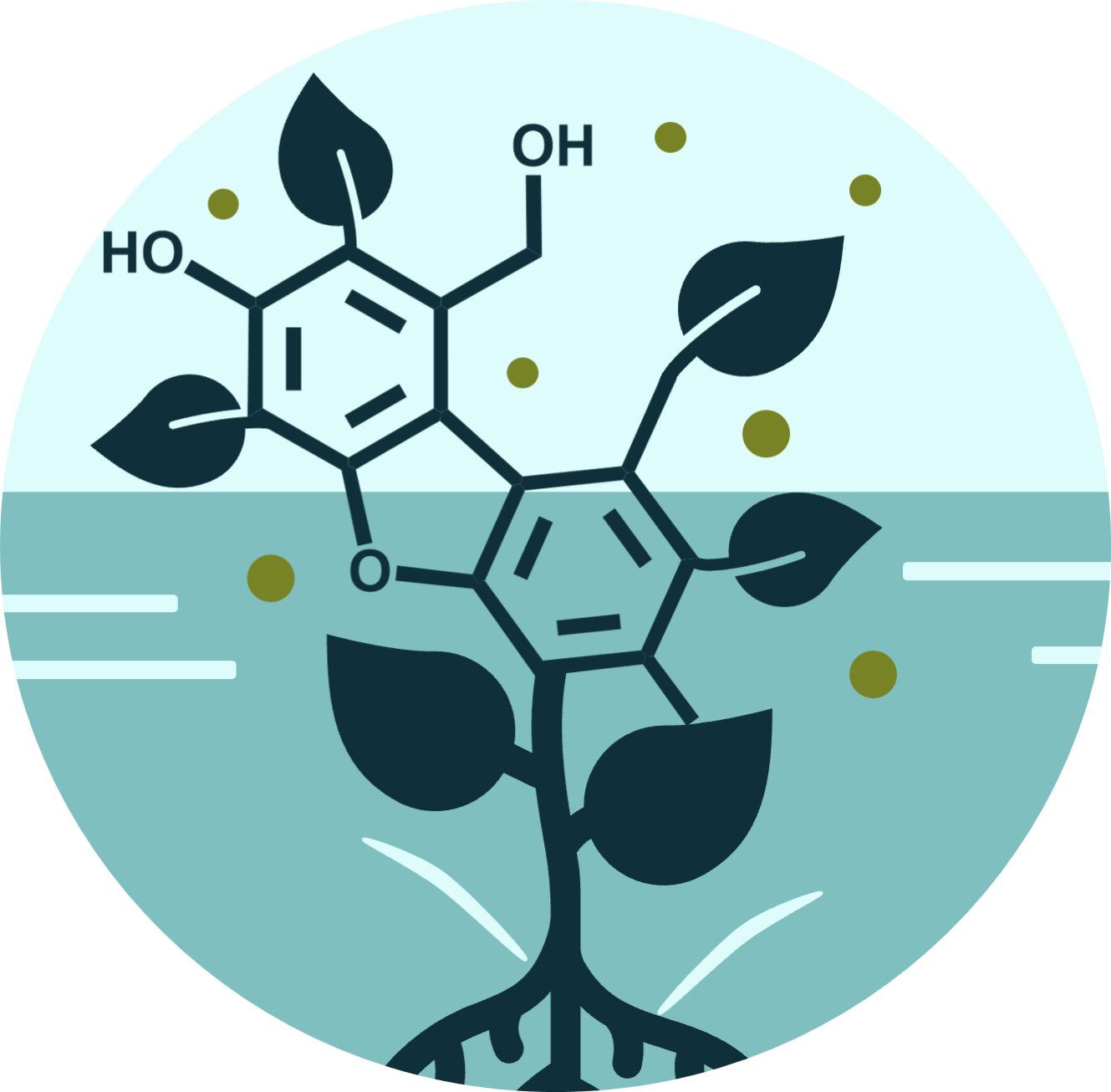Pharmaceutics, 2022.
Antipsoriatic Potential of Quebecol and Its Derivatives
Corinne Bouchard , Alexe Grenier, SÉbastien Cardinal, Sarah BÉlanger, Normand Voyer AND Roxane Pouliot
Abstract
Psoriasis is a chronic inflammatory skin disease mainly characterized by the hyperproliferation and abnormal differentiation of the epidermal keratinocytes. An interesting phenolic compound, namely quebecol (2,3,3-tri-(3-methoxy-4-hydroxyphenyl)-1-propanol) (compound 1, CPD1), was isolated from maple syrup in 2011 and was recently synthesized. Quebecol and its derivatives ethyl 2,3,3-tris(3-hydroxy-4-methoxyphenyl)propenoate (compound 2, CPD2) and bis(4-hydroxy-3-methoxyphenyl)methane (compound 3, CPD3) have shown antiproliferative and anti-inflammatory potential, making them promising candidates for the treatment of psoriasis. This study aimed to evaluate the antipsoriatic potential of quebecol and its derivatives on psoriatic skin substitutes produced according to the self-assembly method. A sulforhodamine B (SRB) assay determining the concentration that inhibits 20% of cell growth (IC20) was performed for CPD1, CPD2 and CPD3, and their IC20 values were 400, 150 and 350 µM, respectively. At these concentrations, cell viability was 97%, 94% and 97%, respectively. The comparative control methotrexate (MTX) had a cell viability of 85% at a concentration of 734 µM. Histological analyses of psoriatic skin substitutes treated with CPD1, CPD2 and CPD3 exhibited significantly reduced epidermal thickness compared with untreated psoriatic substitutes, which agreed with a decrease in keratinocyte proliferation as shown by Ki67 immunofluorescence staining. The immunofluorescence staining of differentiation markers (keratin 14, involucrin and loricrin) showed improved epidermal differentiation. Taken together, these results highlight the promising potential of quebecol and its derivatives for the treatment of psoriasis.

